Jill's Jots
What Makes a Garden?
I am not given over to deep philosophical thinking, but I do dream and scheme and live for our garden. It is my place of solace, my chance to recharge the batteries and my chance to allow some creative thoughts to be expressed. I suppose gardens are our finger prints and mine are definitely muddy! But think for a moment how are gardens defined, are they a place for plants or structure or to give pleasure? The Oxford dictionary definition is 'a piece of ground, devoted to growing flowers, fruit, or vegetables' or a second definition of 'ornamental grounds for public resort'. But surely gardens are much more?
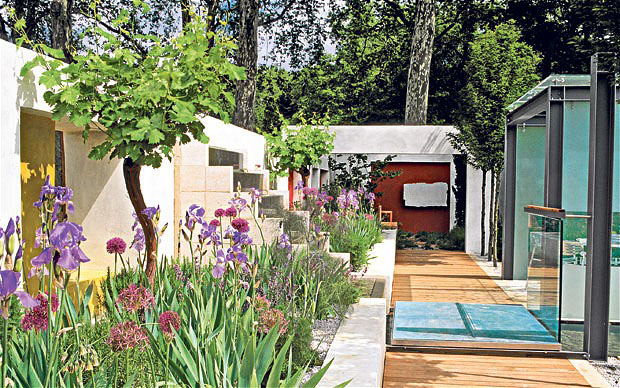
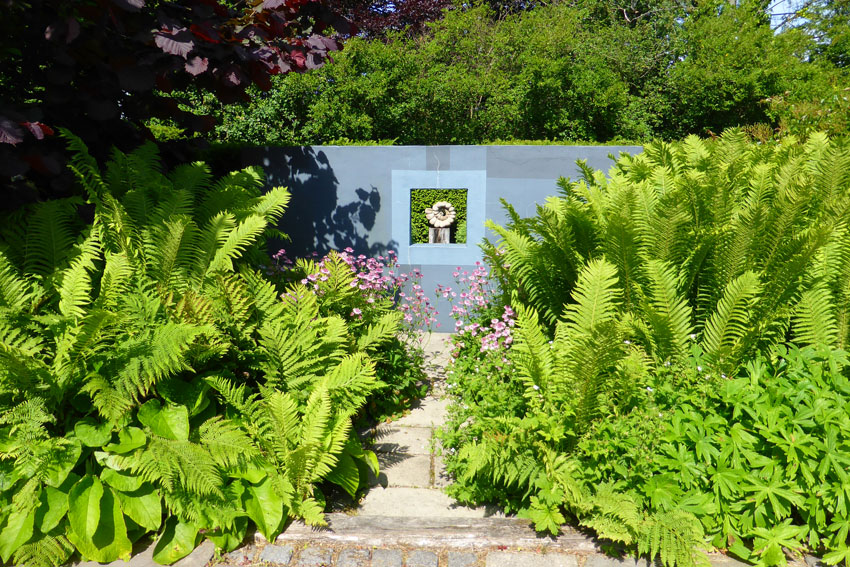
It begs the question: to what extent do gardens have to have plants or are we becoming so besotted with the 'rare' and unusual that we forget what gardens are for? I well remember Mirabel Osler saying as she walked round here that there are two types of gardeners, those who only look down and spout Latin names or those who look up and take in the feeling, the atmosphere, the sense of the garden. Certainly, on a visit to her town garden a good few years ago, it was very obvious what type of gardener she was, as one could have guessed if you have read her thought provoking book 'A gentle plea for chaos' and I couldn't agree more.

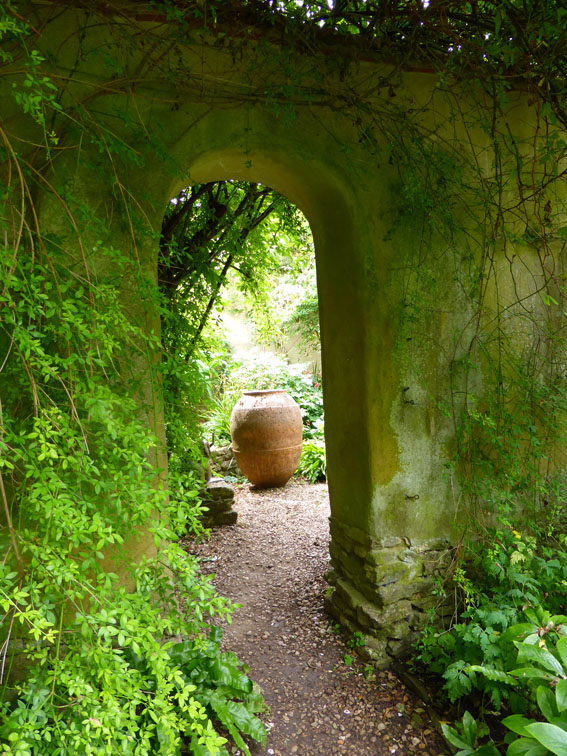
Seeing Christopher Bradley-Hole's Latin Garden at Chelsea in 1997 proved to me that a limited use of plants to enhance a structure can make an interesting and thought-provoking garden. Another turning point at around the same time was seeing Turn End, a garden created by the architect Peter Addington which has recently been awarded Grade II status by Historic England, one of only two modern gardens to receive this. But surely what gardens are for has changed over time, and perhaps our perception has as well. One of my favourite children's books was Stanley the caveman, where he against his culture, made a house with a roof and garden. With his encouragement, all fighting stopped and others joined his voyage into a more contented life. Surely sharing is part of a garden, a chance to give something to other people and a chance to share like-minded ideas or not as the case may be. Gardens have often been a place to grow food, essential in times of war and veggie growing is enjoying a revival today.
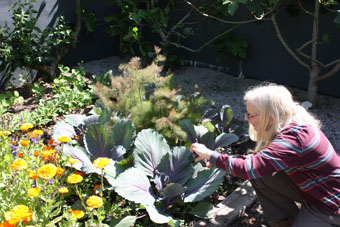

The early 17th century seems to be a turning point when the role of plants and gardens diverged between ornamental and productive, some might argue that the latter is a vital craft and the former could be an art. But, equally a potager could be an art form, but if it is to be a productive area with tasty veg to be harvested can it still be considered artistic? To quote Stephen Anderton - 'Aesthetic gardening - picture making outdoors - cannot give of its best when it is compromised by the harvesting of its components' but is this true? Have you ever visited a veg garden which at that moment in time inspires you to want to capture it, be it on film or by paint, then surely this is an aesthetic composition? I can think of numerous times when I have been in a veg area and had a take a photo or do a quick sketch in order to think about a textile piece at a later stage.
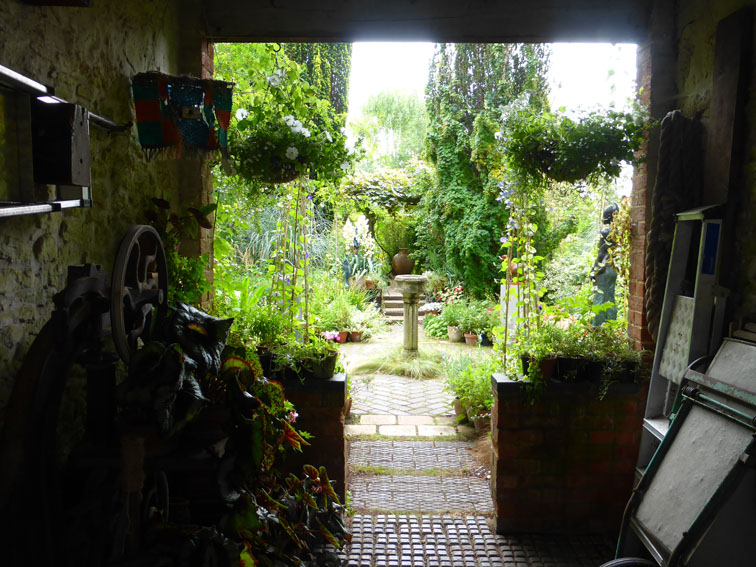
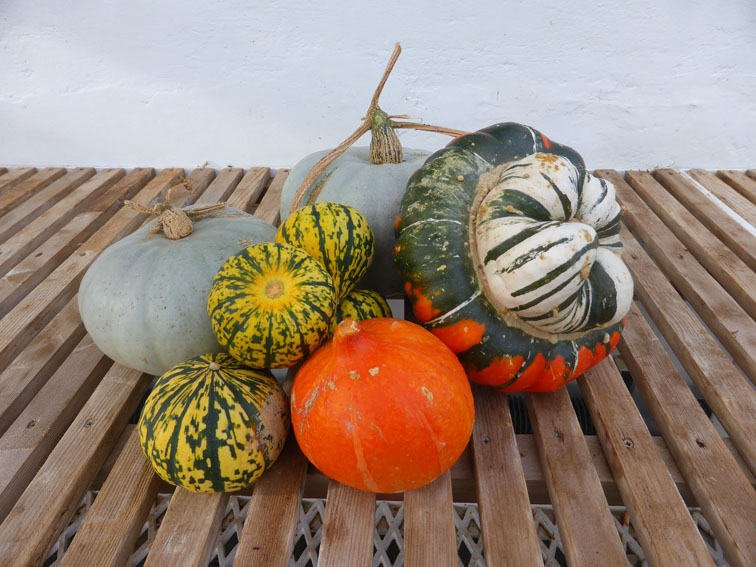
For me, I need to feel the soil, much like a potter needs to feel the clay. But despite being a hands-on gardener, I am also aware that space, light, atmosphere, colour, light and shade movement, direction and balance make gardening an art form. Passage of time is only in this art form which makes it unique and makes gardening even more of a challenge. But that is what is exciting and thought provoking, nothing stands still from one day to the next or even within seconds with changing light, but I wouldn't be without the challenge of picture making out of doors!